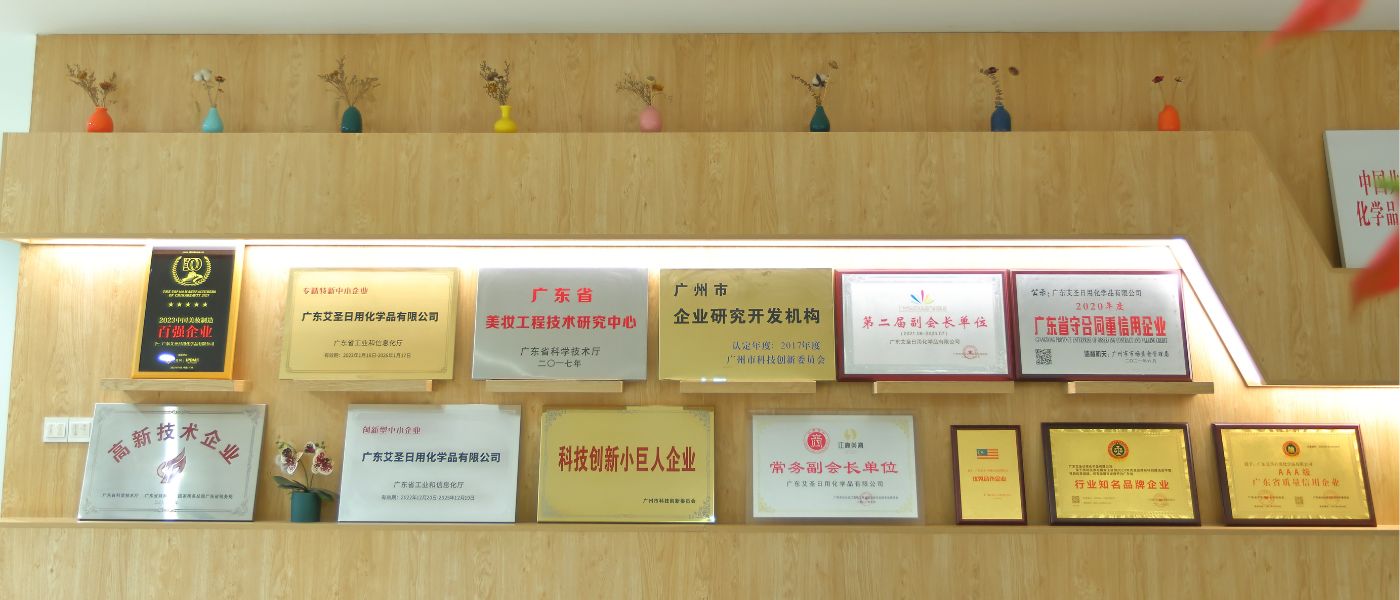As per Benzinga, the global Baby Lotion market was valued at USD million in 2020 and is expected to reach USD million by the end of 2027, growing at a CAGR of 2021-2027. With that, here are a few focal aspects to always remember:
#1 Ingredient List
When purchasing baby lotion, examining carefully the ingredient list is crucial. Opt for lotions with natural, organic components like aloe vera, chamomile, or calendula. These ingredients are less likely to cause allergic reactions or skin irritations. As a parent who once dealt with a baby’s allergic reaction to a lotion, I can’t stress enough the importance of this step.
#2 Scent
The scent of the lotion can be a significant factor for many consumers. For example, some prefer fragrance-free options to minimize the risk of skin irritation, others may opt for lotions with a mild, natural scent. Based on my experience, it’s essential to choose a fragrance that is not overpowering and is derived from natural sources.
#3 Texture and Consistency
The texture and consistency of the lotion should be suitable for easy application and quick absorption. Lotions that are too thick may be difficult to spread, while those that are too runny may not provide adequate moisturization. Nako Cosmetic offers a range of textures to suit various preferences, ensuring a pleasant application experience.
#4 Skin Type
Understanding the baby’s skin type—whether it’s normal, sensitive, or prone to eczema is essential when choosing a lotion. From my perspective, different formulations cater to different skin types, so make sure to select a product that aligns with the baby’s specific needs.
#5 Price and Quantity
Lastly, consider the price and quantity of the lotion. For example, it may be tempting to opt for a cheaper product, but it’s crucial to weigh the cost against the quality and quantity offered. Sometimes, investing in a slightly more expensive but high-quality lotion can be more cost-effective in the long run.





